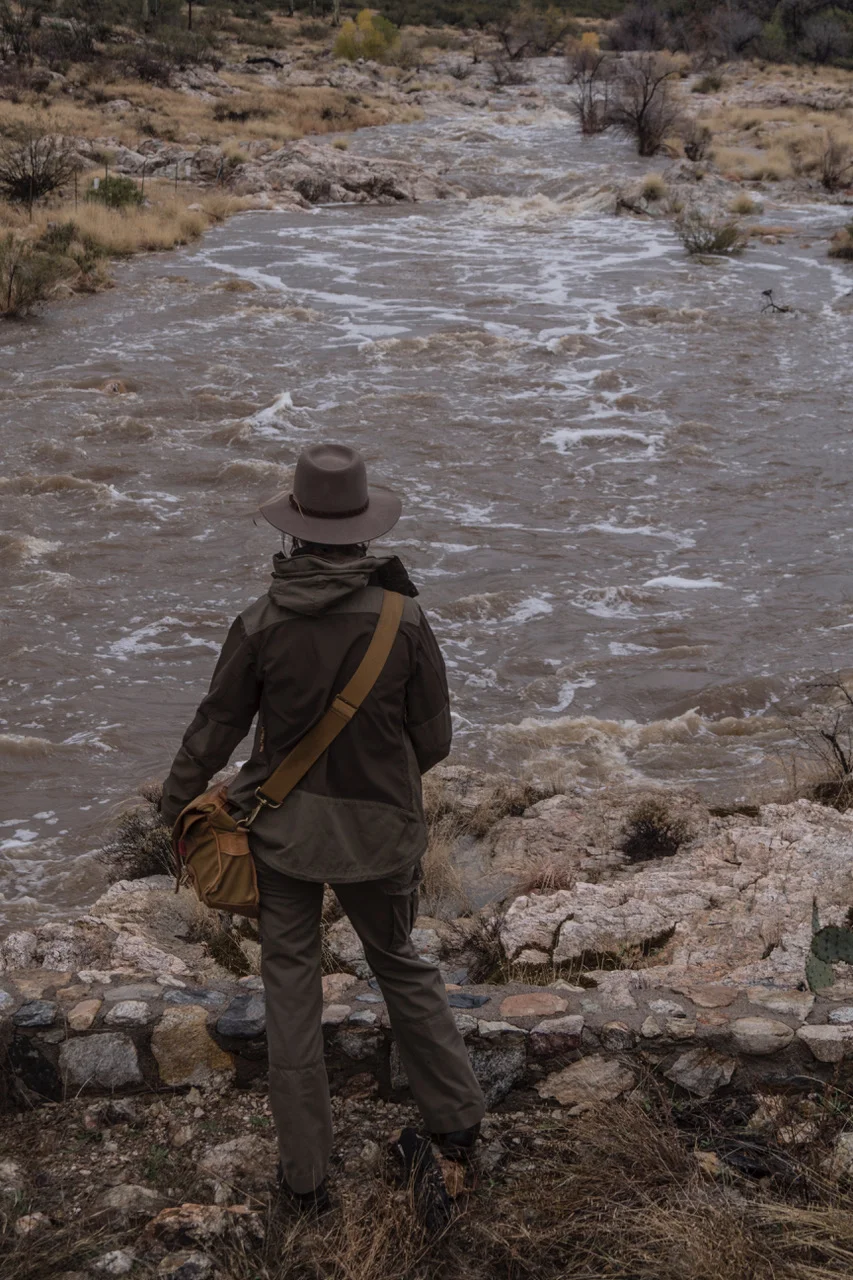“That’s terrible.”
“Ugh, that’s a horrible sketch.”
“I can’t draw.”
“I’ll never be able to write beautifully . . .”
Those voices in our heads. They are like the noise of a river rushing at us, drowning out all other thoughts and artistic urges.
Those voices are: the inner critic who convinces you people will judge your art; the mean left-brain demon who will never leave your right-brain-artist alone, convincing the sensitive right brain that it is frivolous, selfish, and talentless; and the nag who keeps telling you there are “more important” things to do than draw, paint, or write—like cleaning the house or painting the window trim.
And then there are the voices of others—the noise of the digital world and the cacophony of our urban life.
How do we learn to turn off the voices and embrace a creative life? It seems so daunting and yet it’s more important than ever before—in the face of all the digital noise and criticism—to unplug and reconnect with nature and feed our artistic souls. We need nature to ground us, and nature needs us to help save it, through the attention and love that art and writing can provide.
I find these tips really do help quash the voices in our heads:
Dedicate 30 minutes to an hour per day, around the same time—mine is between 5 and 6 pm—to write in a journal, complete one sketch, or just meditate (if you are good at that; I find that sketching is a great form of meditation in itself). Be absolutely sure to turn off your phone and devices during this special creative time. If you have serious digital FOMO (fear of missing out), then seek help before you try anything artistic; I’m not kidding, I see too many people unable to disconnect from their phones for more than a few minutes . . . it’s an addiction that needs to be addressed if you cannot turn off your phone and forget it for a few hours.)
When you open a journal to start a sketch, start with a few simple things each time that warm up your drawing hand and artistic eye. For me, this is drawing the simple grid and symbols of sunrise / sunset, weather data, and latitude longitude (see journal page, below). The lines loosen up my hand, and the recording of data is the beginning of tearing myself away from the noise of everyday life.
This is the hardest part for me, but it works: when you start to sketch—let’s say I’ve gone out to the Arizona-Sonora Desert Museum in the early morning to draw the active coyotes—you absolutely have to just start, to commit to just putting an impression to paper, and to hell with the voices in your head (or the people who stop by to watch). Actually, the latter can be very empowering if you can get over the fear of others watching. Because—and I swear to this—no matter how bad my drawings are, whoever stops by to peer over my shoulder and see what I’m drawing (and they always do, like I’m part of the displays at the museum!), they always, and I mean always, say something nice. Soak it up. Smile. Say “thank you!” Don’t demure, don’t say it’s terrible. DO NOT GIVE IN TO THE INNER CRITIC. This will boost your confidence hugely and it is a very effective way to shut up your inner critic. Trust me.
Choose simple things to start. Don’t start with live coyotes running back and forth in their huge enclosure, like I did. Start with a leaf or a beautiful rock. They aren’t going anywhere. Just study, study, study their form and color, and then slowly draw that one simple thing. It’s instant gratification, and it works wonders to shut the critics up.
And lastly, join an online community such as The Nature Journal Club on Facebook, or post your pages on Instagram, which is a very lovely, giving, supportive community. The people in these communities are endlessly supportive and helpful. There won’t be any critics, only supporters. Soak it up.
Do these things regularly, and you will soon be able to tell the voices in your head to go to hell.



